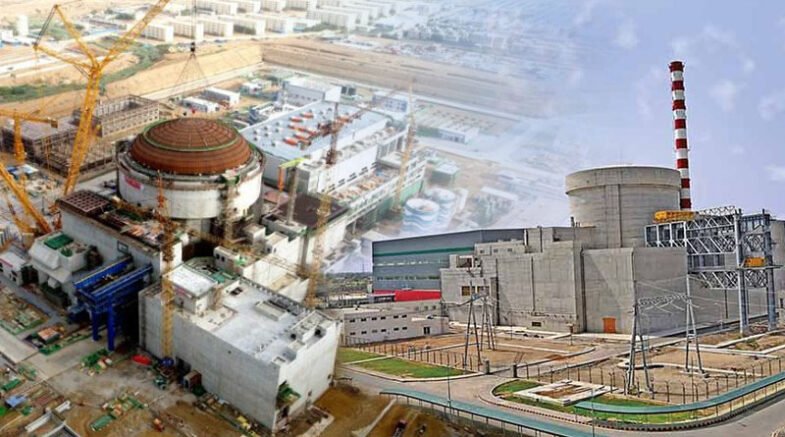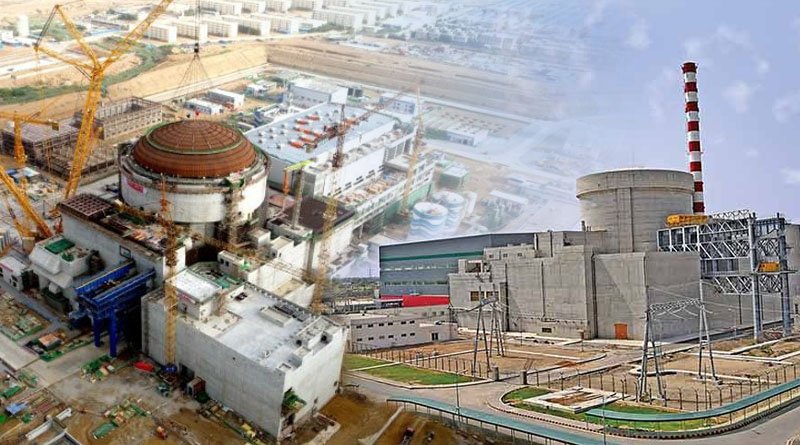According to report, the Karachi Nuclear Power Plant, which cost $2.7 billion to build, will help Pakistan’s ongoing energy crisis.

The prime minister of Pakistan, officially opened the third unit of the 1.1 GW Karachi Nuclear Power Plant (KANUPP).
According to report, the Karachi Nuclear Power Plant, which cost $2.7 billion to build, will help Pakistan’s ongoing energy crisis. The facility will provide power to the nation’s grid.
It was constructed with assistance from the Chinese government as part of the China-Pakistan Economic Corridor (CPEC) initiative, making it the second Hualong One reactor of Chinese design to be installed at KANUPP.
Pakistan “badly needs,” according to the prime minister, clean, affordable energy sources, whether they come from nuclear power, hydropower, or other renewable sources. He stated that although the nation has the ability to generate 60 GW of electricity from hydroelectric resources, only 10 GW of its current energy mix comes from these sources.
Although many people think the new unit is unlikely to lessen Pakistan’s reliance on fossil fuel imports or find a solution to its ongoing energy shortages, it may help the country deal with the energy crisis to some extent.
Pakistan is currently negotiating an increase in energy prices with the International Monetary Fund in exchange for financial assistance. The nation’s foreign exchange reserves last month decreased to their lowest level in nine years as a result of pressure from high fossil fuel prices.
With the signing of the “Agreement for Cooperation in Peaceful Uses of Nuclear Energy” in 1986, China and Pakistan began working together on nuclear energy projects. A contract to construct and instal a 325 MW pressurised water reactor (PWR) at Chashma in Punjab, Pakistan, was subsequently signed by the two countries in 1991.
A separate agreement for the construction of two nuclear power plants in Karachi, Pakistan, and China, each with a capacity of 1.1 GW, was signed in 2013. The construction of nuclear reactors K-2 and K-3 started in 2015 and 2016, respectively.
